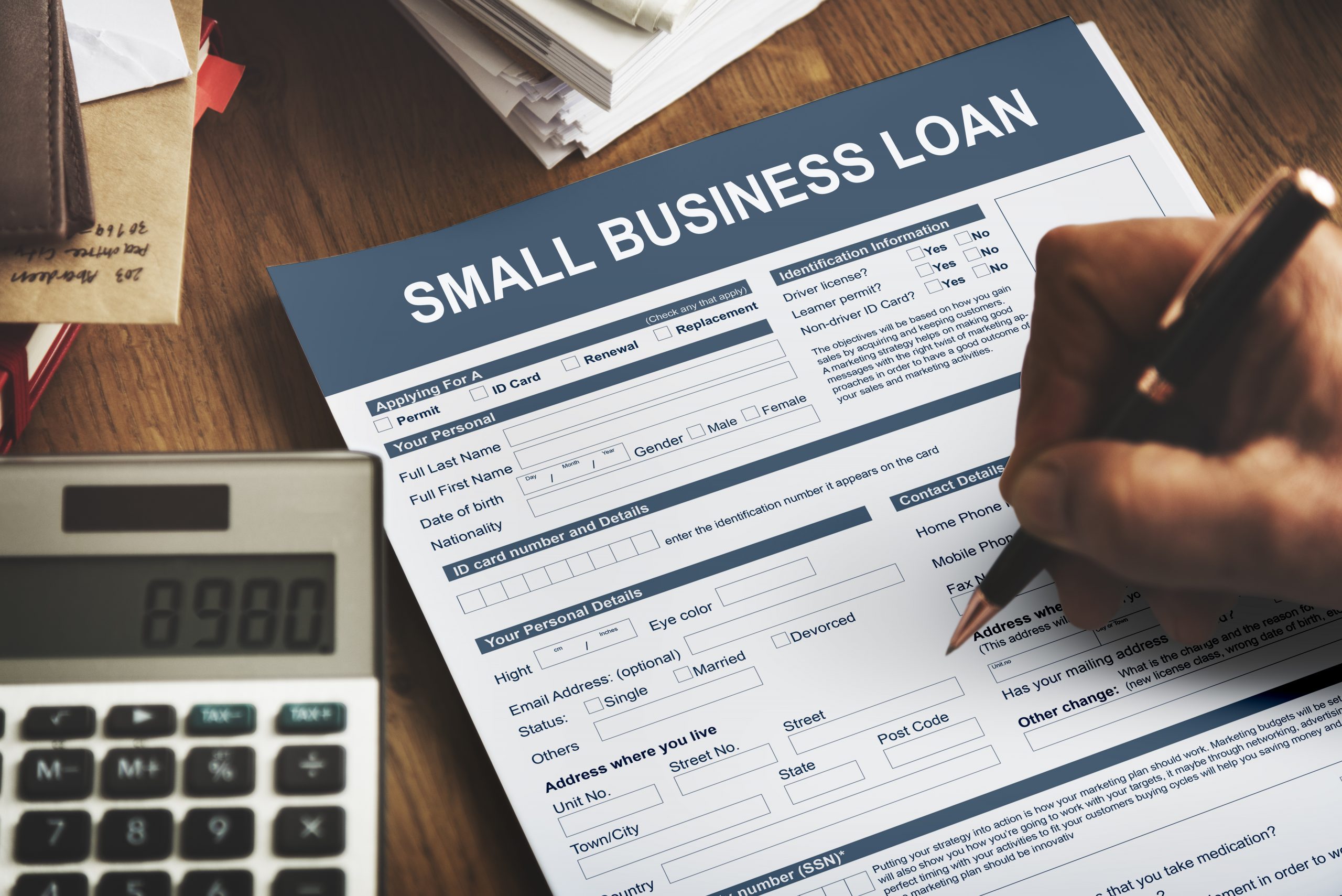What Is Invoice Factoring?
Invoice factoring is a transactional process in which a business sells its unpaid invoices to a factoring company at a discount. You may also hear people refer to it as accounts receivable factoring or even just factoring on its own. Some also refer to it as invoice financing; however, that is an entirely different process (more on that below).
Why Would a Business Sell Its Invoices?
Cash flow. Invoice factoring enables small businesses to free up working capital and improve their cash flow. Often, a business needs additional cash to cover unexpected expenses or to expand operations. Because invoices typically have a 30- to 90-day payment period, a company may have the money it needs, except that it won’t receive it for three months.
Invoice factoring provides an alternative to taking out a bank loan, or a worst-case scenario, overdrawing your bank account. Depending on your situation, factoring could cost significantly less than other financing alternatives.
In this guide, we break down:
-
How Does Invoice Factoring Work?
-
The Numerous Types of Invoice Factoring
-
The Positives and Negatives
-
How to Choose an Invoice Factoring Company
-
The Top Companies
-
Conclusion
How Does Invoice Factoring Work?
To provide a comprehensive explanation of invoice factoring, we need to start at the beginning of the invoice process. Before factoring is even in the picture, there are two parties of which you should be aware – the business (you) and the customer.
As a business, you provide a product or service to the customer for some amount of money, let’s say $1000 in this example. You send the customer an invoice which states that she has 90 days to pay you the balance.
Unfortunately, you have a machine break down 30 days after sending the invoice. It’s going to cost $900 to fix, but the business only has $200 of cash on hand. At this point, you have a few options. You can:
-
Hold off on fixing the machine until you’ve received enough money from outstanding invoices. In doing so, you’ll likely miss out on sales opportunities due to one of your machines being out of commission. You may also fail to deliver on some of the sales you’ve already made.
-
Overdraw from your business’s bank account. An overdraft could put you in bad standing with your bank and lead to substantial fines. It’s also possible that the bank blocks your overdraft attempt.
-
Take out a short-term business loan. It’s possible that taking out a short-term business loan is your best option. Business loans are generally cheaper than invoice factoring (4% to 13% APR) but require a good personal credit score and a certain level of business revenue.
-
Choose a form of alternative financing. Other types of funding, such as cash advances or credit lines, have distinct advantages. However, the average rates for these options are quite high, sometimes reaching well over 100 percent.
-
Sell your invoice to a factoring company. As you can guess, we’re going to dig deeper into this one.
The Invoice Factoring Process
When you sell your invoice, a new player enters the mix – the factoring company that buys it. When the factoring company purchases your invoice, they generally pay you 70 to 90 percent of the invoice value up-front (the advance rate). Continuing our example, you sell the $1000 invoice to a factoring company for an 80 percent advance payment, giving you $800.
Combining the $800 with the $200 you have on hand provides you with enough cash to fix the machine (and $100 leftover).
Fast forward 60 more days to the end of the invoice term. Because it now holds the invoice, the factoring company receives the $1000 payment from the customer. The factoring company then pays you the remainder of the loan ($200) minus a factoring fee.
The factoring fee varies depending on your industry, how many invoices you factor, the size of those invoices, and the creditworthiness of your customers. And it usually comes as a weekly (or sometimes monthly) percentage rate. Therefore, your final fee largely depends on the payment period length of the invoice you sell.
The Numerous Types of Invoice Factoring
The example above showcases a simple factoring process. However, there are actually a few different ways the process can play out.
Spot or Whole Ledger
In the earlier example, we walked through the scenario of a spot factor. In spot factoring, you sell a single invoice to a factoring company. It’s a one-time transaction without any long-term commitments.
On the other hand, whole ledger factoring involves selling all of your invoices to a factoring company over an agreed-upon timeframe.
Factoring companies will almost always give you better terms and rates when choosing the whole ledger option. Be wary, though, as they normally charge a hefty fee if you decide to cancel your contract early.
Recourse or Non-Recourse
Another attribute to know when considering invoice factoring is whether the factor is recourse or non-recourse.
In recourse factoring, you, as the business, take on the risk of the invoice. If the customer fails to pay their invoice, you’re responsible for paying the balance to the factoring company.
Non-recourse factoring is the opposite, placing the risk on the factoring company. In the case of non-payments, the factoring company eats the costs.
Not surprisingly, out of the two, non-recourse factoring contains worse terms and higher fees as the factoring company is taking on greater risk. So, if you have clients that consistently pay on time, recourse is the way to go.
Is Invoice Factoring the Same as Invoice Financing?
Although some individuals use invoice factoring and invoice financing interchangeably, they’re technically different concepts. While factoring is the process of selling your invoices to another entity, financing involves utilizing your invoices as collateral to secure a loan. It’s a small but vital difference you need to understand before deciding on a financing option that’s right for your business.
The Positives and Negatives
As with any financing decision, invoice factoring has both its advantages and disadvantages. The type of your business, the amount of funding you need, and your payment timeframes all affect the feasibility of factoring your invoices.
The Positives
Invoice factoring is more immediate than other financing options. Although a factoring company may take a week or two to set-up and approve your account, you’re able to access funds within a few hours of selling an invoice.
Your customers gain payment flexibility. Because you’re now receiving payment shortly after sending an invoice, you can provide more flexible payment terms to your customers. You can offer, say, a 90-day turnaround, rather than a 30-day, without having to worry about your cash flow.
The Negatives
Not every business can factor invoices. Factoring companies limit their partnerships to large, business-to-business (B2B) companies. If you sell directly to consumers, it’s unlikely that you’ll find a factoring company with which you can transact your invoices. And if you’re B2B but lacking a few big-ticket customers, you’re going to have trouble as well.
Invoice factoring costs more than other financing options. This financing option tends to lean towards the expensive side when looking at the overall fees. It’s more pricey than a traditional business loan but significantly less costly than opening a line of credit or taking a cash advance, most of the time.
The Neutral
You customers’ finances are more important than your business’s. Depending on your business and your customers, you may view this fact as either a negative or a positive. Most factoring companies analyze the creditworthiness of your customers’ to determine whether they bring you on as a partner. Although some lump in your business’s revenue into the equation as well.
How to Choose an Invoice Factoring Company
Deciding on invoice factoring as a form of financing is a significant business decision on its own. However, choosing the right factoring company to work with is just as important. When evaluating companies, the following topics are worth researching.
Before you begin your search, figure out which types of invoice factoring would be best for your business. Do your customers typically pay their invoices on time? If so, recourse factoring is your best bet as you’ll receive better factoring terms. If you’re planning on factoring most of your invoices, you should look for companies that offer whole ledger factoring for a discount.
After determining the factoring types that suit you best, search for companies offering those services. Most factoring companies provide similar services, but their terms can vary drastically.
Here’s What to Watch out For:
In your company comparisons, the essential attributes to consider are the factoring terms. As we outlined above, you ideally want the factoring company with the highest up-front payment and lowest factoring fee. Don’t forget to include any whole ledger discounts.
The terms aren’t the only factor you should consider, though. Some invoice factoring companies charge additional (and sometimes hidden) fees. When you reach out to potential partners, ask them if they require a minimum number of invoices each month. Some factoring companies do and charge a fee when you don’t reach the minimum.
Additionally, see if there are any monthly maintenance fees or due diligence fees for checking the background of your customers. If you plan to sign a long-term contract, inquire about the cancellation fee for ending the contract early.
You may find that, after considering all of the additional fees, the company that seemingly provides the best terms isn’t your most desirable option after all.
The Top Companies
A simple Google search for invoice factoring companies will reveal no shortage of options at your disposal. The following are three of the top companies you may want to consider:
Fundbox
Fundbox is one of the most highly rated invoice factoring companies with a 9.6 out of 10 rating on Trustpilot. The company offers factoring with a 1.0% to 3.3% fee for invoices ranging between 15 and 90 days. Additionally, the application process is relatively straightforward, taking only a few minutes. When you apply, Fundbox assesses your customers but doesn’t implement any credit checks or require paperwork.
Lendio
Lendio’s invoice factoring option (which they call accounts receivable financing) provides loans for up to 80 percent of the value of your invoices. You can receive loan terms of up to a year and get your money in as little as 72 hours.
Surface-level, Lendio is significantly pricier than Fundbox, charging a minimum of 5% as the factoring rate.
BlueVine
BlueVine is another notable option in the invoice factoring space. The company provides factoring for up to $5 million and charges fees as low as 0.25% per week. The BlueVine application process is speedier than many other competitors – just a 24-hour turnaround time. The BlueVine advance rate sits between 85% to 90% of your invoice.
Conclusion
If you’re company specializes in B2B sales and your client list contains some heavy hitters, invoice factoring could be a great way to improve your cash flow position.
Before jumping in, though, it’s imperative you weigh your financing options and ensure invoice factoring is best for you. While its benefits are clear (quick turnaround, no debt, flexibility), it’s one of the more costly financing options. As with any business decision, analyze the numerous options available and make a decision only once you’ve sufficiently researched the benefits and costs of each one.





